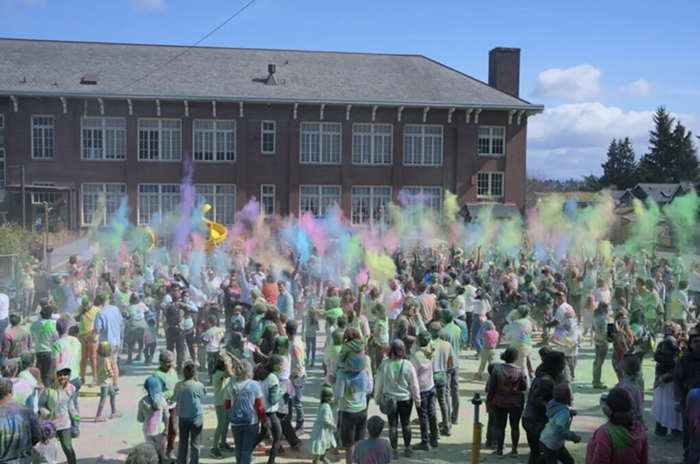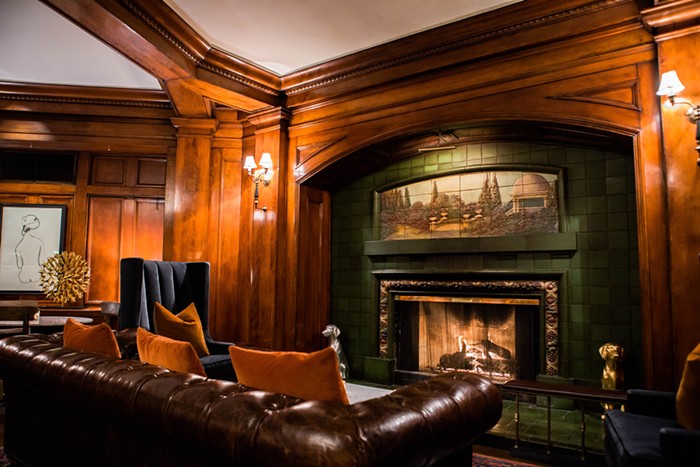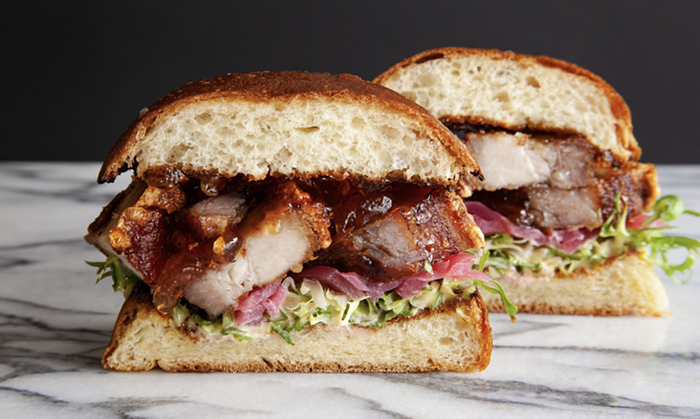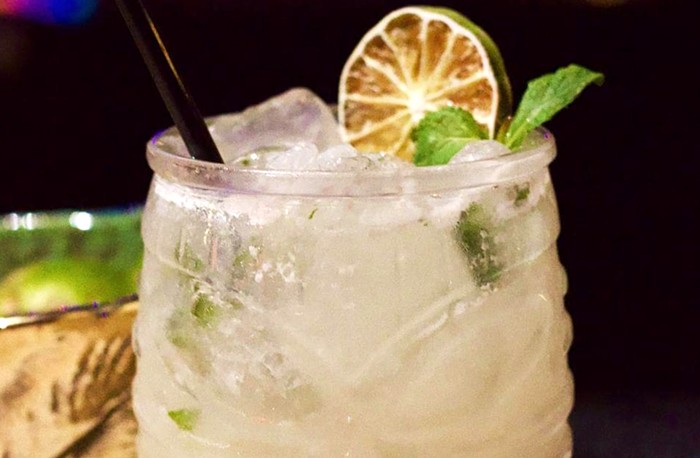Despite my dedication to 99¢ Whopper Juniors and offal (delectable, gristly, cheap cuts of meat), steak houses hold an unparalleled allure for me. When I say steak house, I don't mean Sizzler (though I would never say no to that special steak and all-you-can-eat salad bar dining experience). I'm talking about real-deal, old-school steak houses—where the waiters wear bow ties, the tablecloths are made of white linen, the patrons are mostly old white men, crumbs are scraped off the table with special steel crumb scrapers, the women are (bizarrely, chivalrously?) escorted by a waiter to the restroom, and money is no object. I am talking about a place like El Gaucho.
I'd never actually eaten at El Gaucho until last week. (I would have to sell my blood to afford it.) The primary source of my fascination with places like El Gaucho—and one of the perks of restaurant reviewing—is the opportunity to see "how the other half eats." While I have no idea who El Gaucho's regular customers are (power brokers?), I do know that many regular folks without mansions or expense accounts empty their wallets at El Gaucho for special-occasion dinners—birthdays, anniversaries, etc. Is the whole experience really worth dropping all that hard-earned cash? Honestly, I'm not sure. The only thing I am sure of, though, is that if I (and my conscience) could afford to eat El Gaucho's gorgeous, hefty, succulent, palate-confounding steaks on a regular basis, I wouldn't be asking these questions. I'd be too busy overseeing my empire and stuffing my face with dry-aged beef I'd gnawed off of giant bones.
Dry-aged steaks are what steak houses like El Gaucho, the Metropolitan, or Morton's can offer you that other restaurants or supermarkets cannot—and they're the reason you fork over the big bucks at these places. When beef is dry aged, it hangs in a refrigerated cooler, at a specific temperature and humidity, for up to 28 days. During this time, moisture evaporates from the meat, creating a more concentrated beef flavor. Also, enzymes break down the connective tissue in the muscle and naturally tenderize the meat. My favorite little detail of dry aging: As the meat ages, a crust "similar to the texture of beef jerky" forms on the outside; this is later trimmed off to reveal the tender, moist steak within. The whole process is obviously not something that can be easily pulled off at home. It also costs a lot of money—massive cuts of meat are required, as the dry-aging process, with all that shrinking and trimming, results in up to a 20 percent loss of weight.
All of this explains why my 16-ounce New York steak—tender and smooth, cool centered and cooked perfectly medium rare, with a deep, dark, robust beefy flavor that I've never experienced before (nutty? earthy? grassy? it sits on my tongue but still eludes me)—cost $62. It also explains why my date's 18-ounce rib chop, a fattier cut with all kinds of succulent marbling and a luscious lip of fat that sang in an unprecedented, downright juicy, booming voice in the key of Beef, cost $54. These steaks, cooked on a 1,500-degree grill, our waiter proudly informed us, are ridiculously expensive, but holy hell, do they taste worth it.
But here's what's not worth it at El Gaucho: everything else. A Gaucho salad with Roquefort dressing and shrimp ($9.50) was watery, with the saddest, mealiest tomato winter has ever known. As our waiter wheeled in our salad on a cart and tossed it tableside, my heart sank as I noticed at least 12 Latino cooks, all wearing hats and red kerchiefs around their necks, crammed into the tiny open kitchen, laboring next to that 1,500-degree grill. Did they toss things tableside for show, or simply because there's no room in that inferno of a kitchen? Lobster mashed potatoes, ordered because they seemed appropriately novel and decadent enough, were tasty, with a gravy made of a true, potent lobster stock, but I still can't figure out how those ingredients could possibly add up to $21.
On the drive home, I realized that I never did see exactly how the other half eats—or exactly what my steak looked like. El Gaucho is maddeningly dark inside. Occasionally I wondered if my date could even see me across the table, as I was convinced I could only see him because he is white and was wearing a white shirt. El Gaucho is a giant, dark box—square, no overhead lights, with mirrors lining the walls. It feels like a set, a facade erected entirely for show—the waiters perform and the only real substance lies in the steak. And while those steaks may be worth every penny on their own, no one should leave a $200 meal feeling ambivalent. ![]()



















